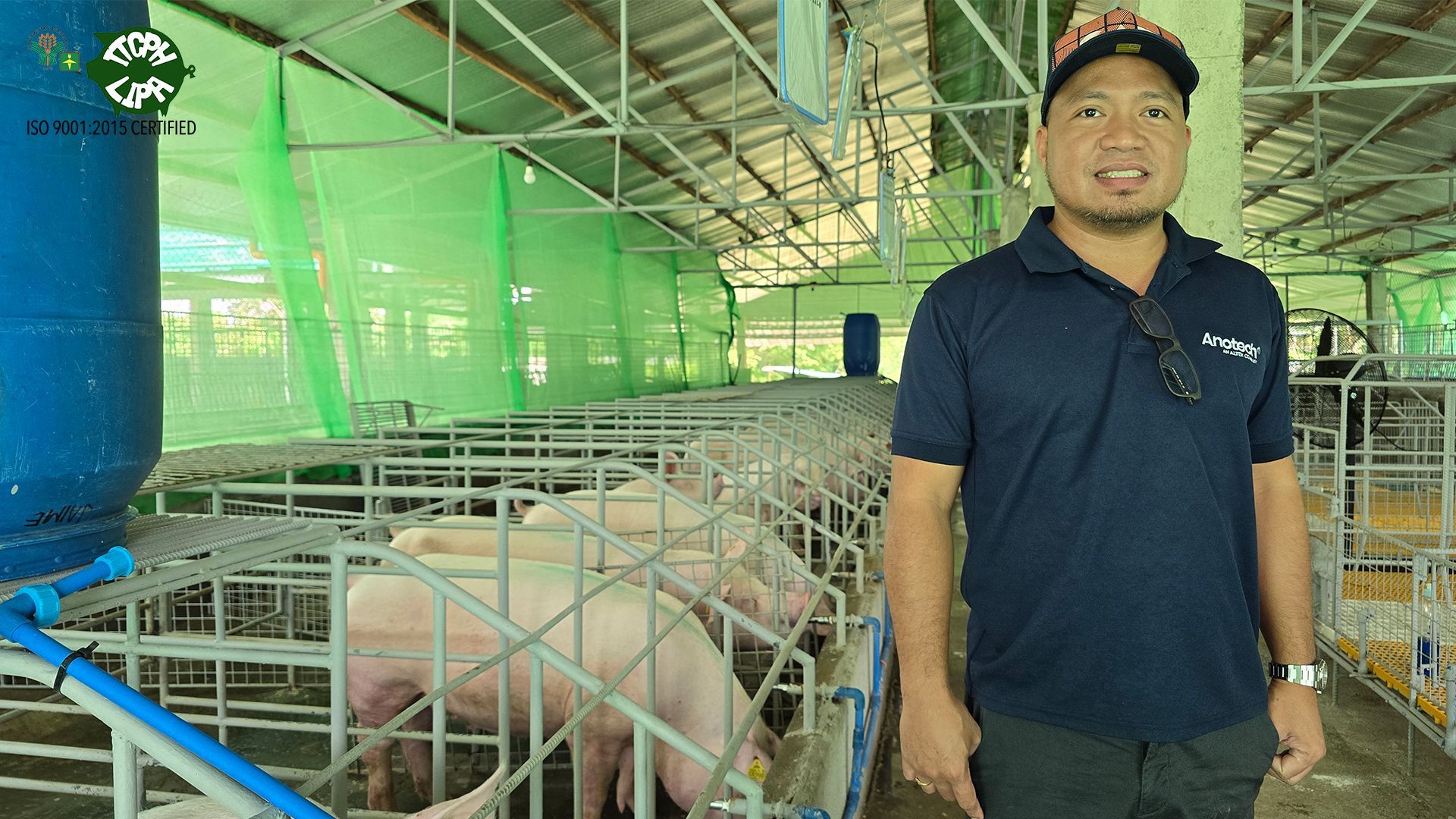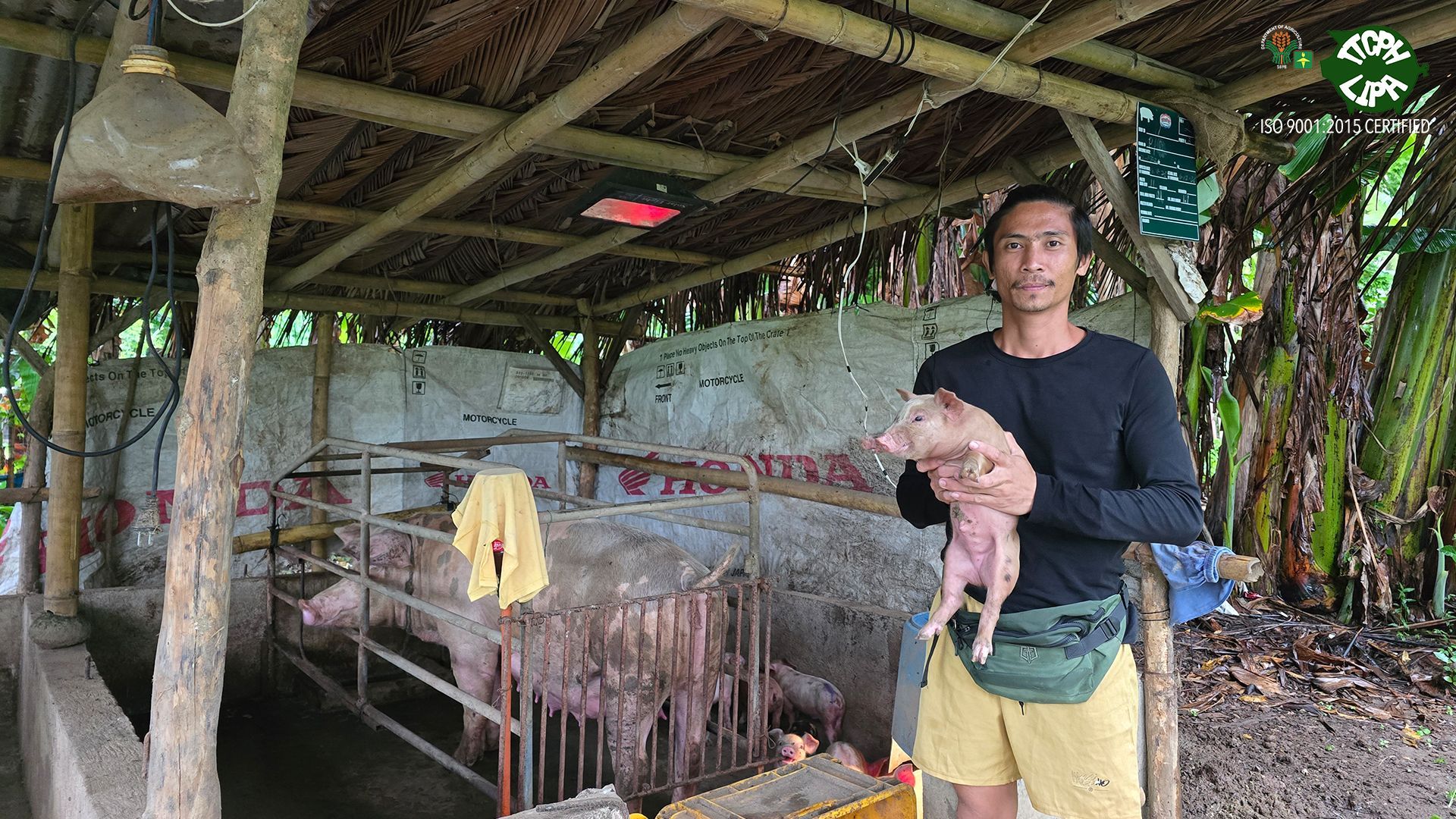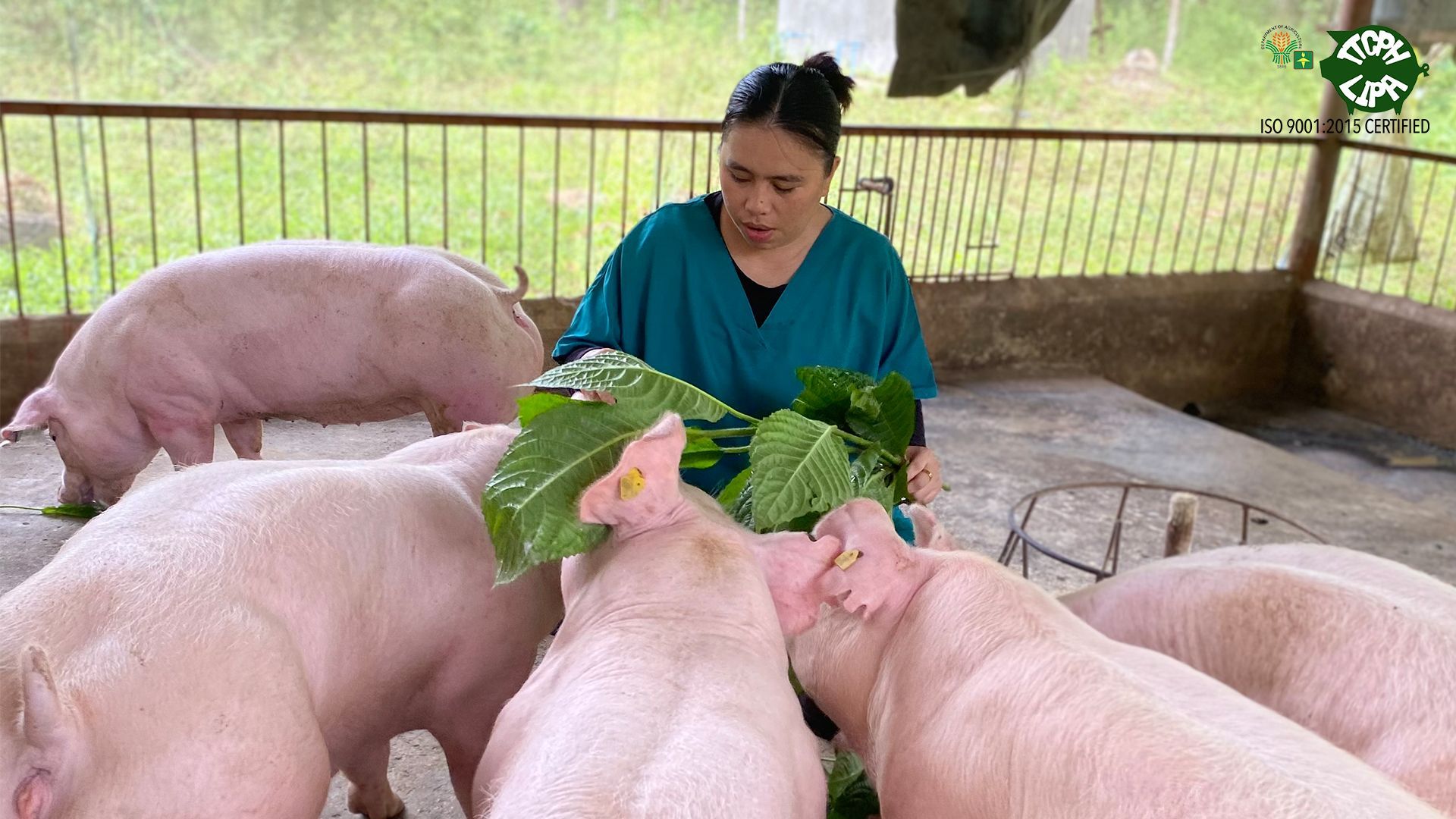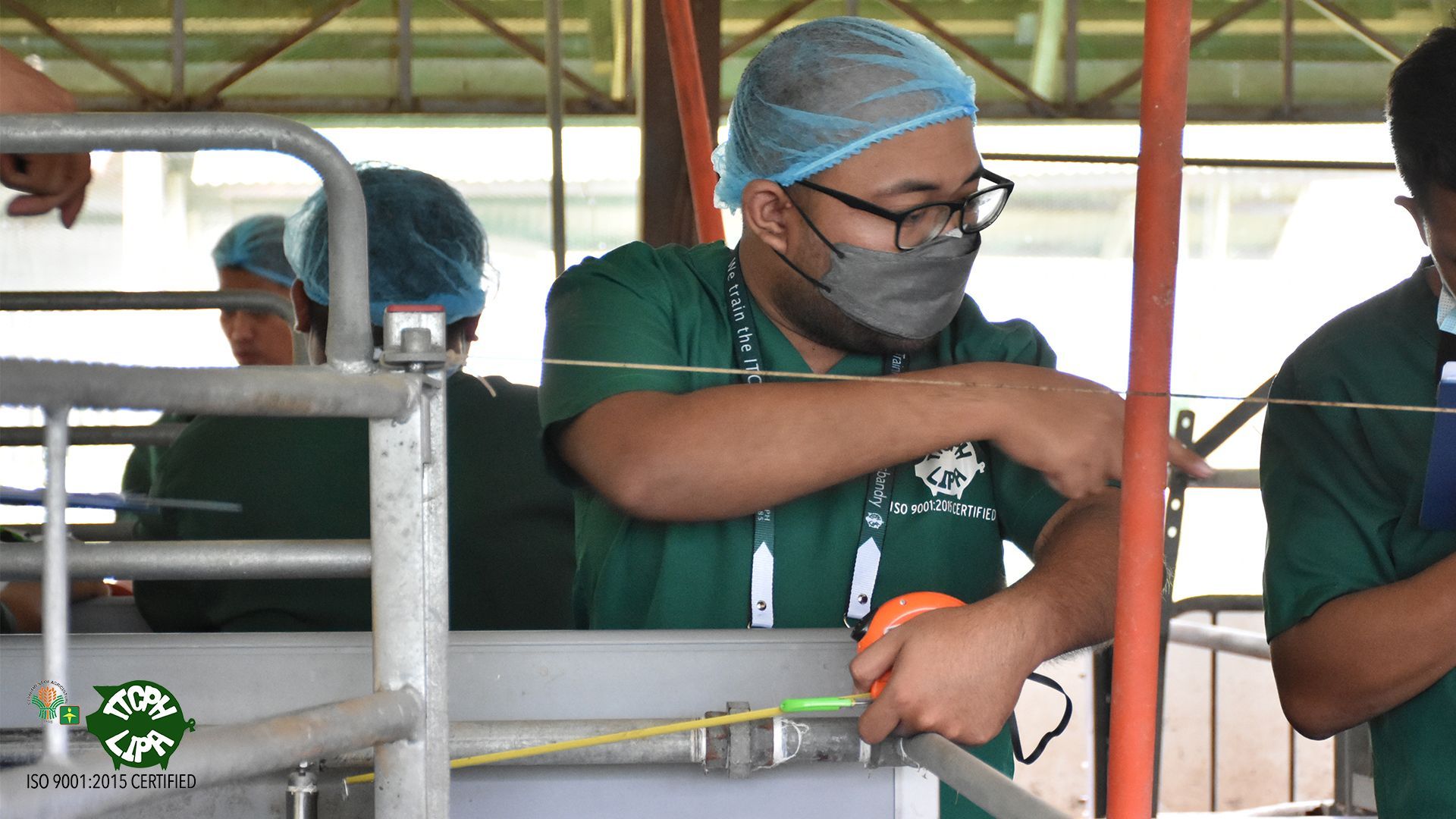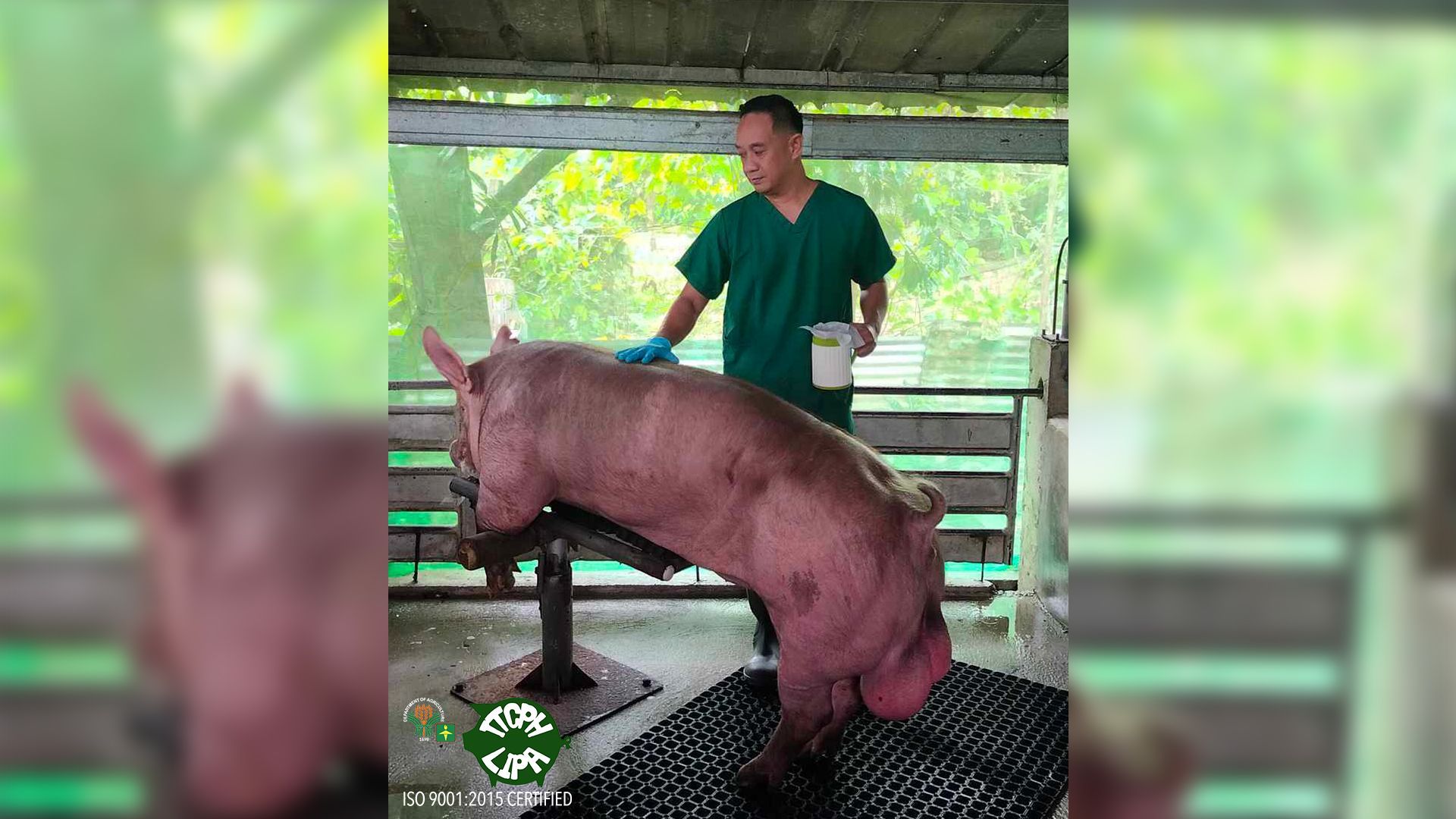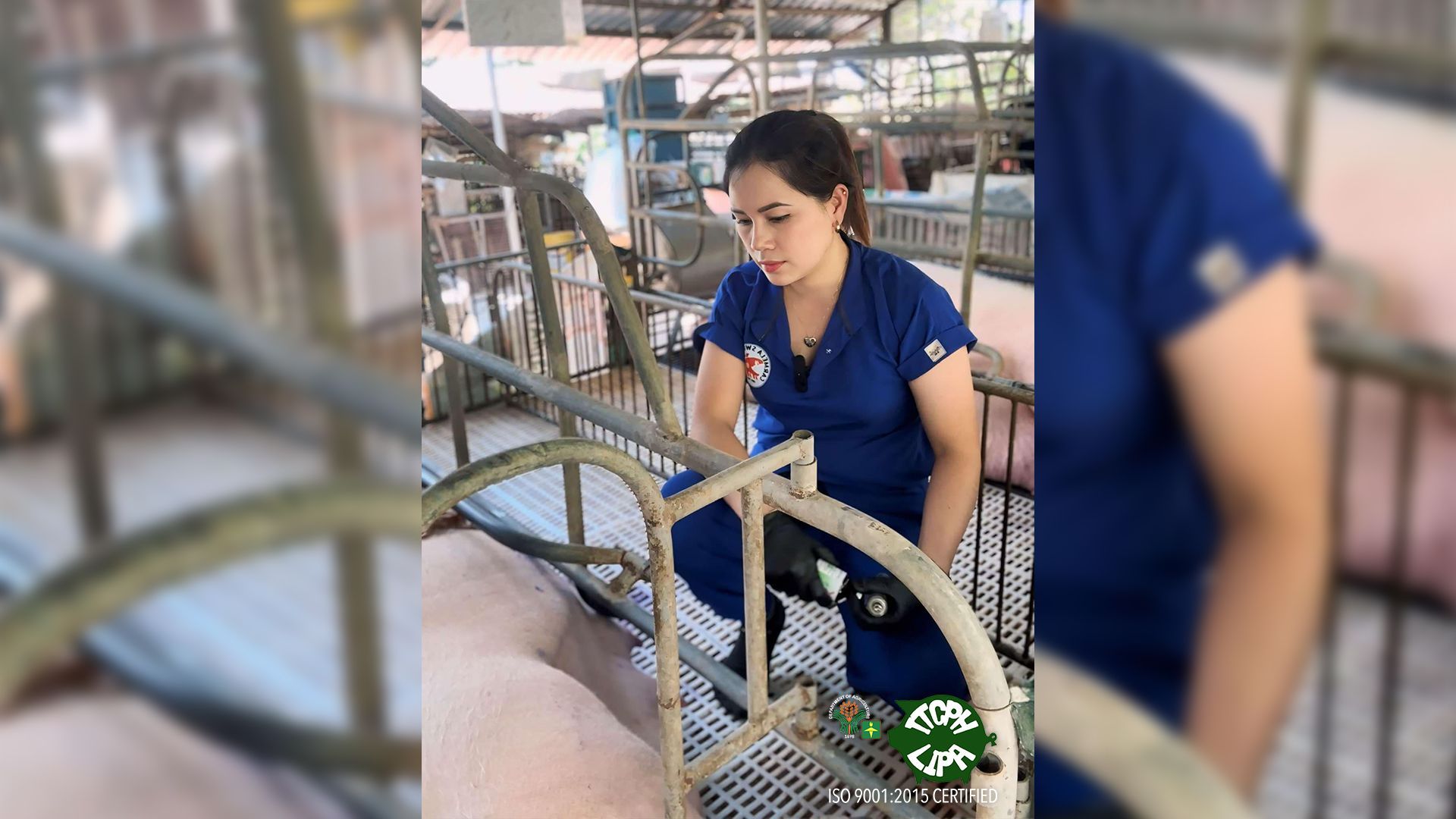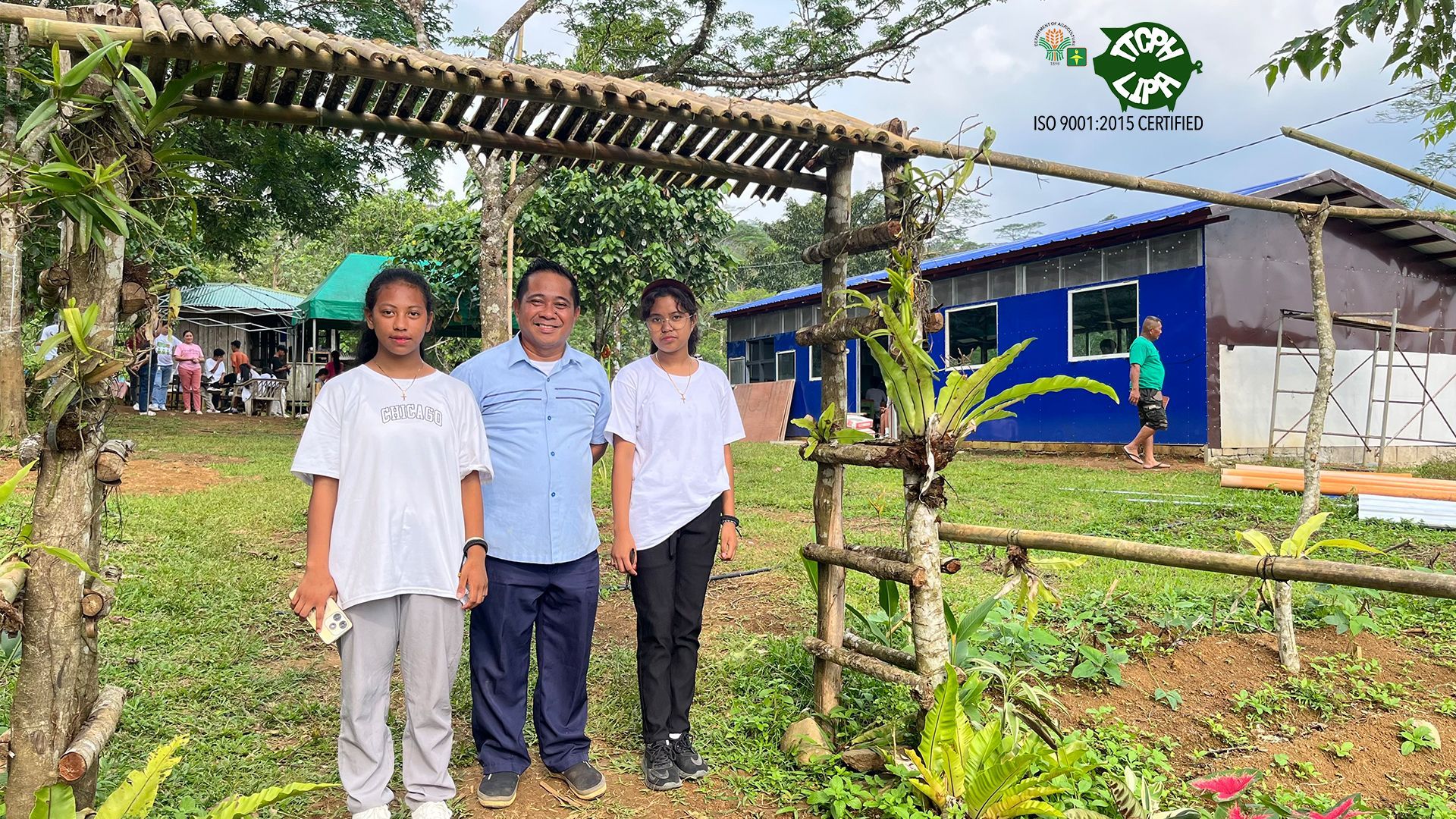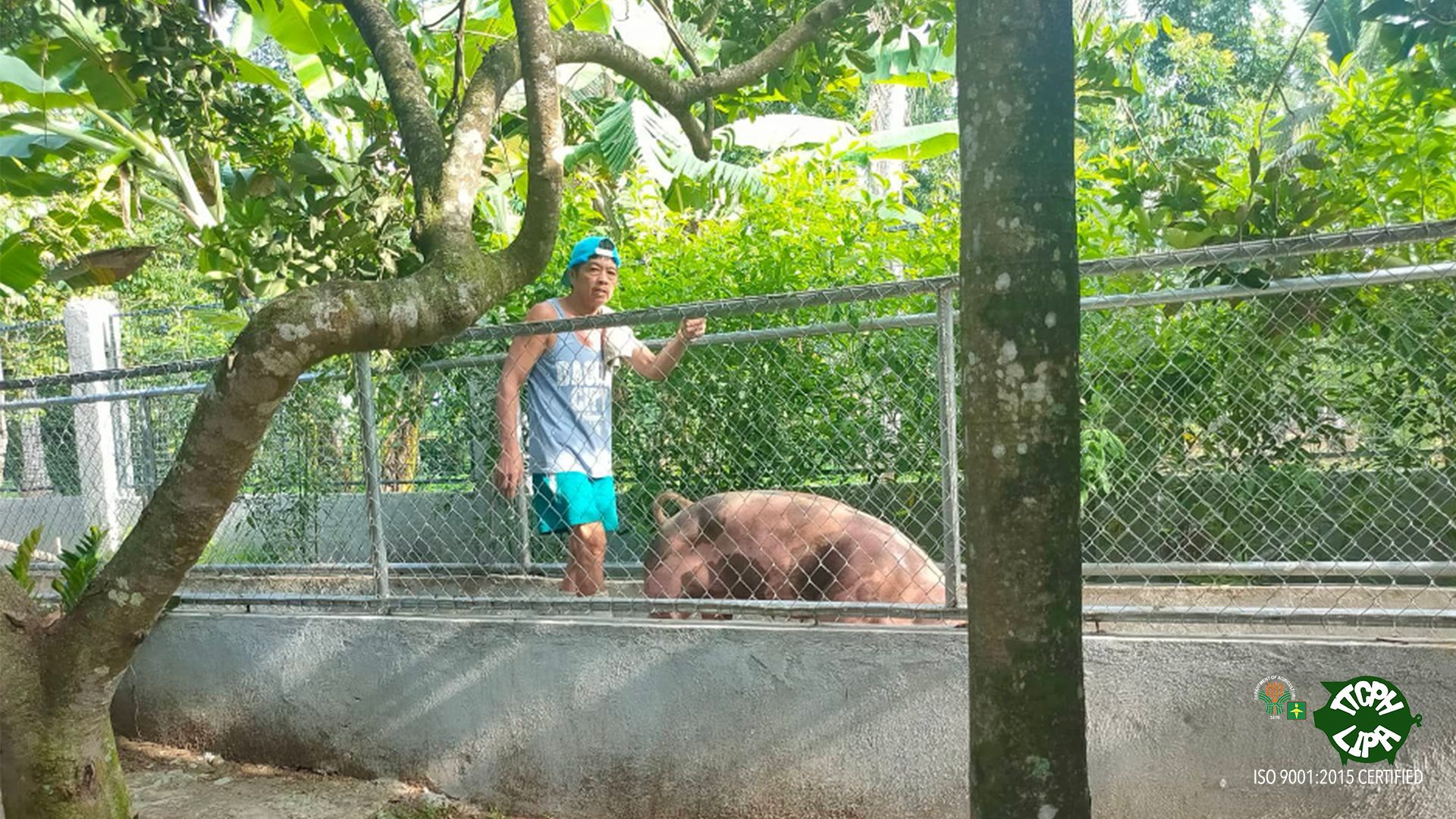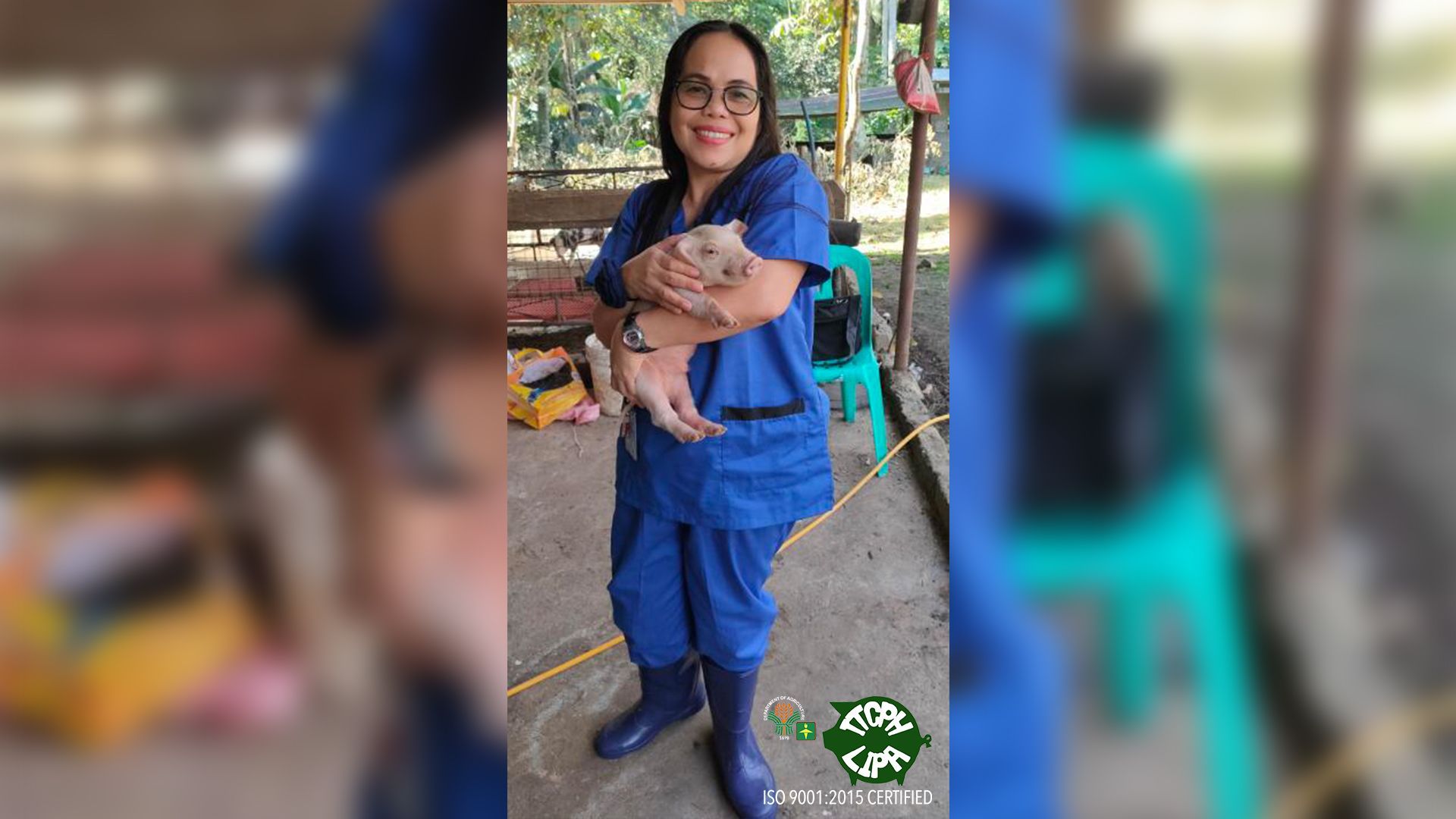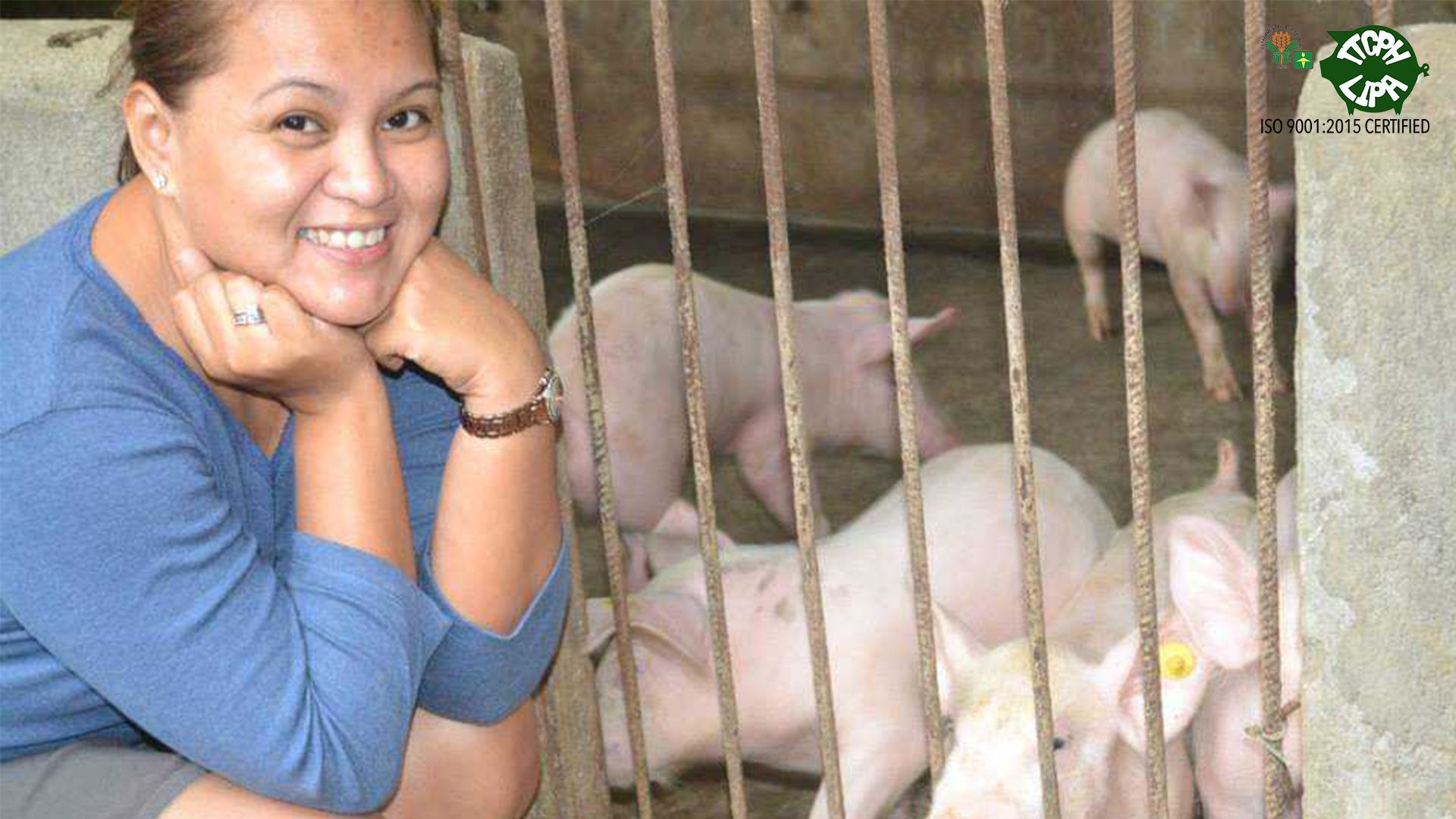From Native to Nailing It, The Transforming Story of a Pig Hobbyist
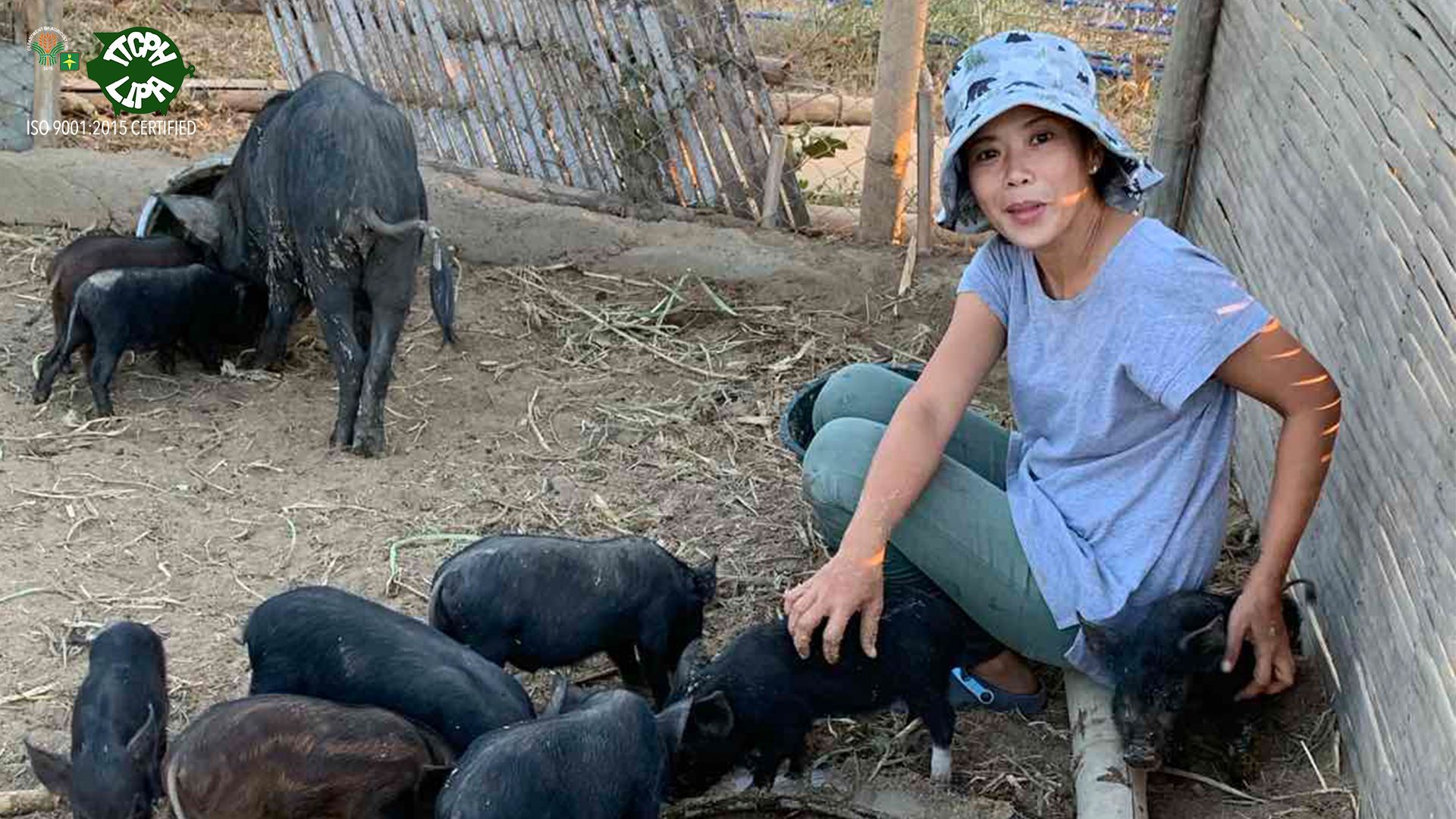
“For five years nagrent kami ng 1000 sqm na lupa, meron kaming anim na native na inahin that time, until nag build na talaga kami ng tunay na farm year 2022”.
MJM Farm is a smallhold farm located in Sitio Paraig Lambak, Brgy. Tumalin, Nasugbu, Batangas, owned by the young, fun, and adventurous Camille Mae R. Quijano. The farm name – MJM, came from the initials of her name Mae, husband James, and son Miguel.
Camille’s humble beginnings even started during her Overseas Filipino Workers (OFW) days as a professional teacher in Thailand. She began attending seminars on native pig raising, which led her to adopt a native pig from a close friend during her stay in the Philippines. Successful in renting farm land, Camille did not realize that she had become very much acquainted with her six native sows.
A few years had passed when she and her husband finally decided to build a pig farm. The next years brought tons of learning for Camille. She attended several courses at the ATI-ITCPH, and managed to upgrade her love for pig farming.
“Nung may farm na kasi kami, zero knowledge naman talaga ako sa commercial pigs, so yung available ko na fatteners, yun yung ginawa ko na mga inahin”, Camille narrated.
With seven finishers on her farm, three were marketed as slaughtered pigs, while the remaining four heads were used as breeders. Using breeder animals is crucial in any livestock production for better outcomes like increased production, faster growth rate, and high litter index. Finishers lack desirable traits for herd productivity. One out of the four finishers was unproductive, and later on was sold as a market animal.
The fun and learning continue at MJM Farm. “At that time, wala rin akong farrowing pen, kasi isang klaseng kulungan lang naman yung meron ako, so yung mga piglets naiipit sila”, she happily reminisced.
From the challenges in breeding, Camille then faced problems with housing. With her growing number of pigs, existing pens seemed to be an underlying factor in getting a high rate of mortality.
“After ko umattend ng Swine Artificial Insemination Course sa ITCPH, year 2023, that was the time that I invested in F1 gilts (quality breeders), and improving our pig housing facility”, Camille added.
Today, Camille maintains a 10-sow level farm, with a 2.25 farrowing index, and an average of 11 piglets born alive. Able to overcome the challenges of being a newbie in the industry, Camille continues to have fun growing the business. Commercial pigs are free-ranged for an ample amount of time, given that the weather conditions are fine.
She practices manual feeding, dry cleaning, and pen netting as vector control. From having the usual four-corned pens for every sow, she proudly invested in gestating pens, farrowing pens, nursery pens, and finisher pens.
Aside from keeping her small business in good shape, Camille also ventured into paiwi system. Two households within her community are provided with growers, and during the market, 50-50 profit is received by both the owner and seller.
"Ang laking tulong ng mga natutunan ko sa ITCPH kasi dito sa lugar namin, marami ang na-ASF, and dati natawag pa ako ng technician, ngayon ako na lahat ang gumagawa pati paginject and process ng piglet", says Camille.
More than the joy of providing quality trainings and seeing big smiles during closing ceremonies, the Center is even happier and looks forward to witnessing these kinds of stories.
#ITCPHway #LearningByDoing
